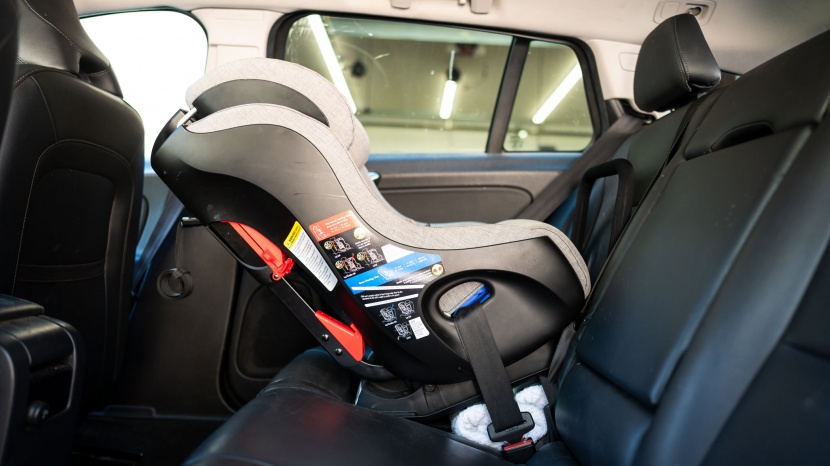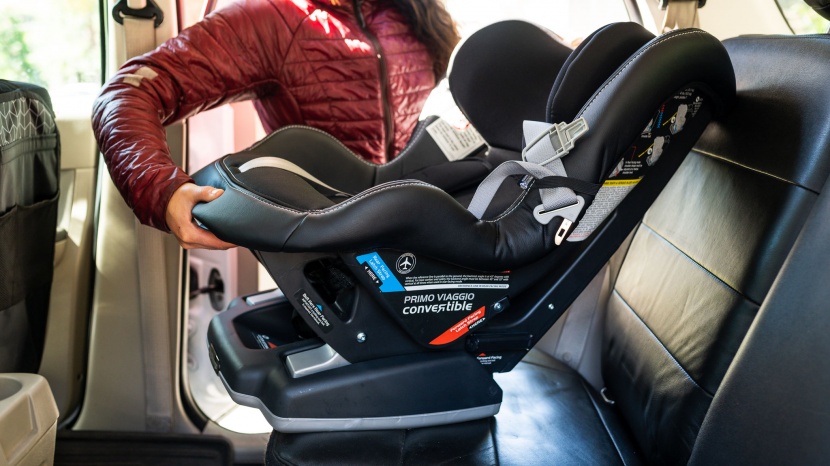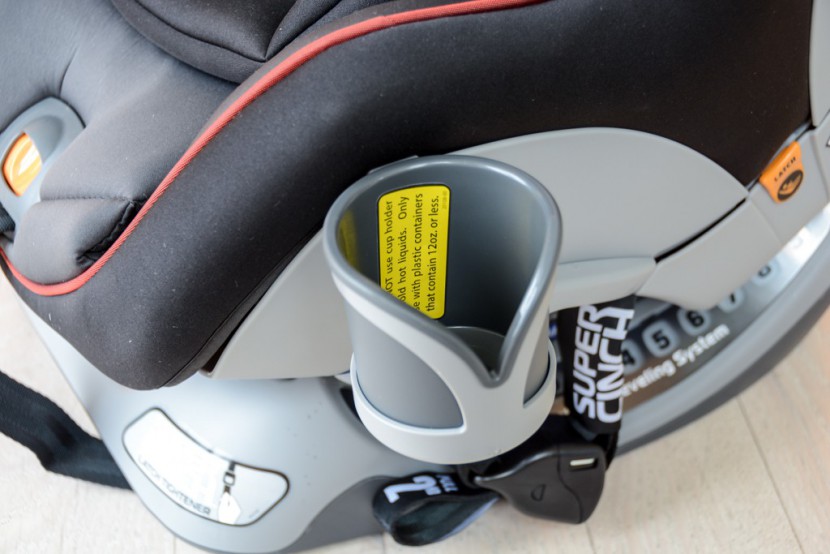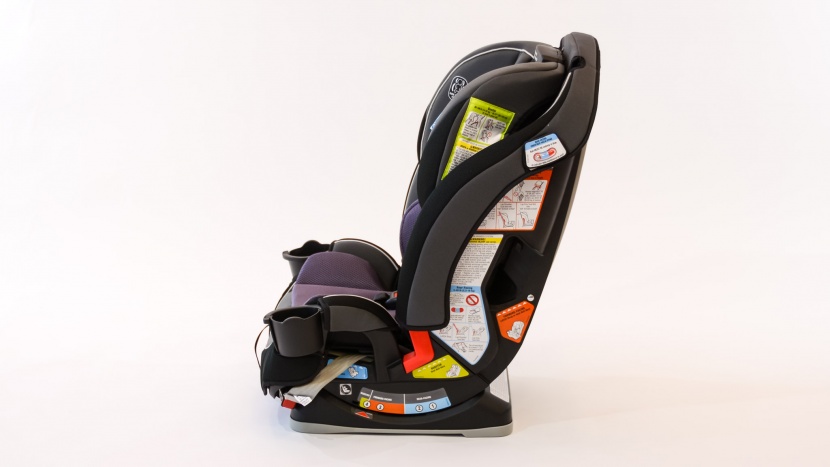Our convertible car seat testing process begins with spending tens of thousands of dollars on professional crash testing of each seat at the same crash test facility used by the National Highway Transportation Safety Administration (NHTSA). But we don't stop there. The seats are compared side-by-side to evaluate their performance in relation to one another in each metric, and one of each is sent to MGA for crash testing. Multiple testers used the seats in different vehicles. We use different vehicles in our ease-of-installation testing to get a better overall feel of each seat's average functionality and features. All products are used following the manufacturer's guidelines and under the supervision of a Child Passenger Safety (CPS) technician.
Before testing, we consulted with the National Highway Transportation Safety Administration (NHTSA) and a certified CPS Technician to assist in developing comprehensive tests for car seats. The car seat test plan and testing process were reviewed and monitored by Dr. Juliet Spurrier, BabyGearLab founder, mother of two, and a board-certified Pediatrician.
Crash Tests
We conducted research and analyzed the crash test data of sled crash tests in professionally prepared reports. GearLab contracted with the same test facility that is used by NHTSA to perform crash tests on car seats. We commissioned slightly faster tests than the federal requirements (FMVSS 213) on a more modern sled to better mimic late model vehicles. We only used our crash test data for an apples-to-apples comparison. No test results from Consumer Reports or NHTSA are used.
Tests utilized a crash test dummy with sensors located in various body parts that record G-forces exerted on the dummy during testing. We reviewed and analyzed the results obtained from the sensors and rated the seats in comparison to one another. Our crash tests were conducted with a Hybrid III 3 YO Part 572 P dummy (3-year-old test dummy) in a forward-facing position because NHTSA crash injury studies have shown that the risks of injury are far more significant when children are forward-facing. The heavier 3-year-old test dummy provides a more strenuous test of the seats. For those reasons, we consider testing with a heavier test dummy in a forward-facing position to be more informative concerning differences that translate to injury prevention.
The better the sensor test results, the higher it scored in our analysis of the results. It is important to remember that all of the products for sale in the US comply with federal safety guidelines and are considered “safe.” However, each seat we tested responded differently in our faster sled testing, and we believe the results can help differentiate the seats from one another.
Ease of Install
We installed each seat in at least three vehicles of varying sizes and different makes, from a compact sedan to a passenger truck. At least two different testers installed the seats according to the manual instructions. Each installation was overseen by a certified Child Passenger Safety technician to ensure they were properly installed. The installers then ranked each seat compared to the other seats in the group for ease of installation, and the scores for all testers were averaged to create a final score for each seat. This methodology was repeated for installation using LATCH and the vehicle belt in both the rear and front-facing positions.
Ease of Use
To test ease of use, we used the seats the way they would be used under normal circumstances and scored their results compared to the other seats in the group. We used the buckles and chest clips, tightened and loosened the harness, adjusted the harness heights, removed and cleaned the seat cover, and assessed LATCH storage to help determine how easy or difficult each seat was to use.
Comfort/Quality
Testing comfort and quality are a bit more subjective than the other metrics. We compared each seat to one another and ranked each as compared to the other products. The testing included the padding, fabric, positioning/infant inserts, materials used, shell construction, and the overall fit and finish. The feedback obtained from testers was then averaged to determine its final score.
Weight/Size
The options we tested in this review were all weighed in both forward and rear-facing configurations. We measured them completely, and the width and weight had an equal impact on the final score for size. Each seat was weighed using the same scale performed by the same tester. The seat weights were ranked from the heaviest to the lightest and were scored appropriately.




